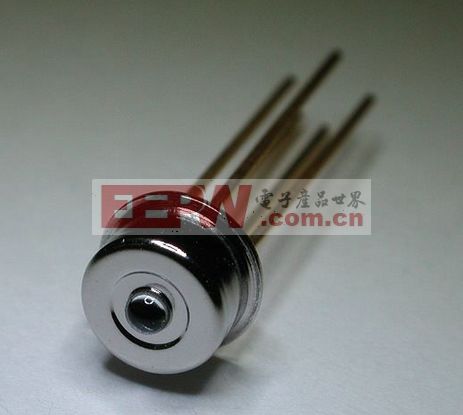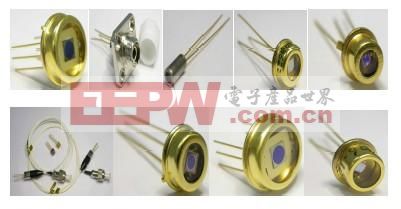REVIEW: A photodiode is a type of diode that performs photoelectric conversion. While it shares some similarities with a regular diode, there are also key differences. Let’s take a closer look at how a photodiode works and what makes it different from a standard diode.
First, the Working Principle of a Photodiode – Introduction
A photodiode, also known as a Photo-Diode in English, is a semiconductor device similar in structure to a regular diode, as it consists of a PN junction. Like a typical diode, it has unidirectional conductivity. However, its application differs significantly. Instead of being used for rectification, a photodiode functions as a light sensor, converting optical signals into electrical signals.

Second, the Working Principle of a Photodiode – Classification
Photodiodes can be classified into four main types: PN-type, PIN-type, Avalanche-type, and Schottky-type. Each type has unique characteristics and applications. The PN-type photodiode has low dark current and slower response, making it suitable for use in color sensors and exposure meters. The PIN-type has higher dark current and faster response, ideal for high-speed detection in remote controls and fax machines. The Schottky-type uses an Au film instead of a P-type semiconductor, making it more sensitive to short-wavelength light. Lastly, the Avalanche-type offers very fast response times and is used in high-speed communication and detection systems.

Third, the Working Principle of a Photodiode
A regular diode conducts when a forward voltage is applied and blocks current under reverse bias, allowing only a small reverse leakage current. In contrast, a photodiode is always operated under reverse bias. When no light is present, the small reverse current is called the dark current. When light hits the photodiode, the photons excite electrons in the PN junction, creating electron-hole pairs. These charge carriers move under the influence of the reverse voltage, increasing the reverse current significantly. This change in current corresponds to the intensity of the light, effectively converting optical signals into electrical signals.

Photodiode working principle
Understanding how a photodiode works helps in choosing the right type for specific applications. Whether you're designing a light sensor or working on high-speed optical communication systems, knowing the basics of photodiode operation is essential. With the right configuration, photodiodes can provide accurate and reliable responses to light, making them a vital component in modern electronics.
modular rj45 jack,rj45 connector,rj45 jack,cat6a rj45,rj11 connector,rj11 jack,rj11 4p4c,rj11 modular jack
Dongguan Yiyou Electronic Technology Co., Ltd. , https://www.dsubminiature.com
